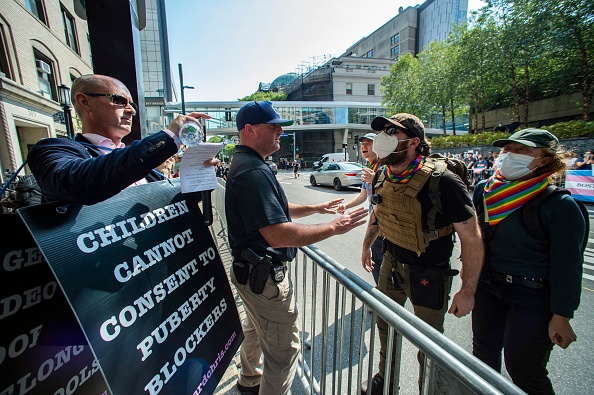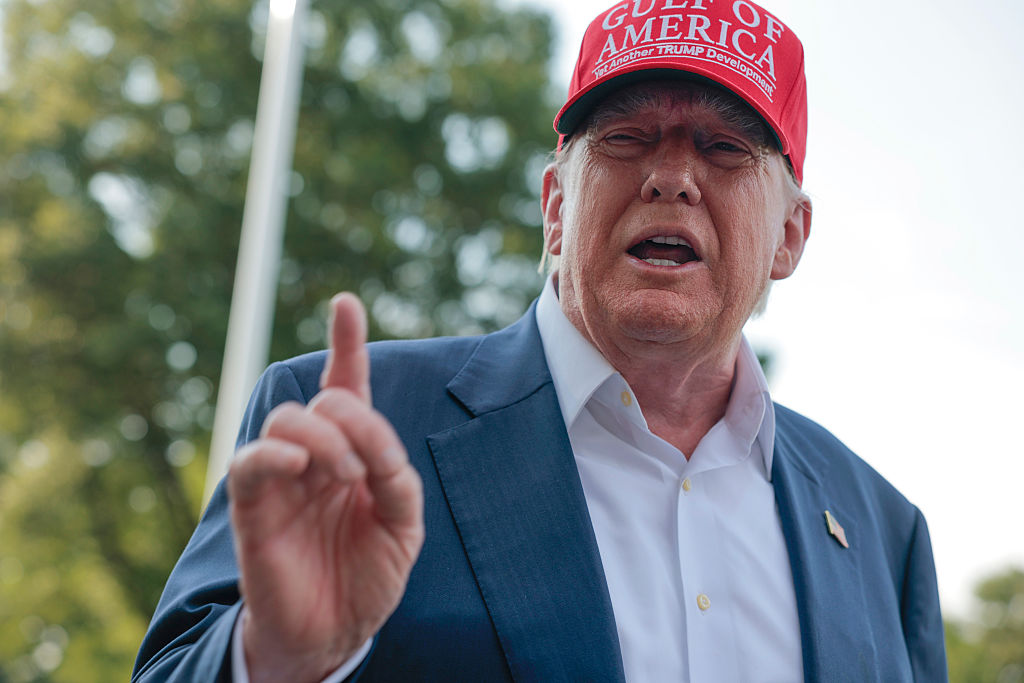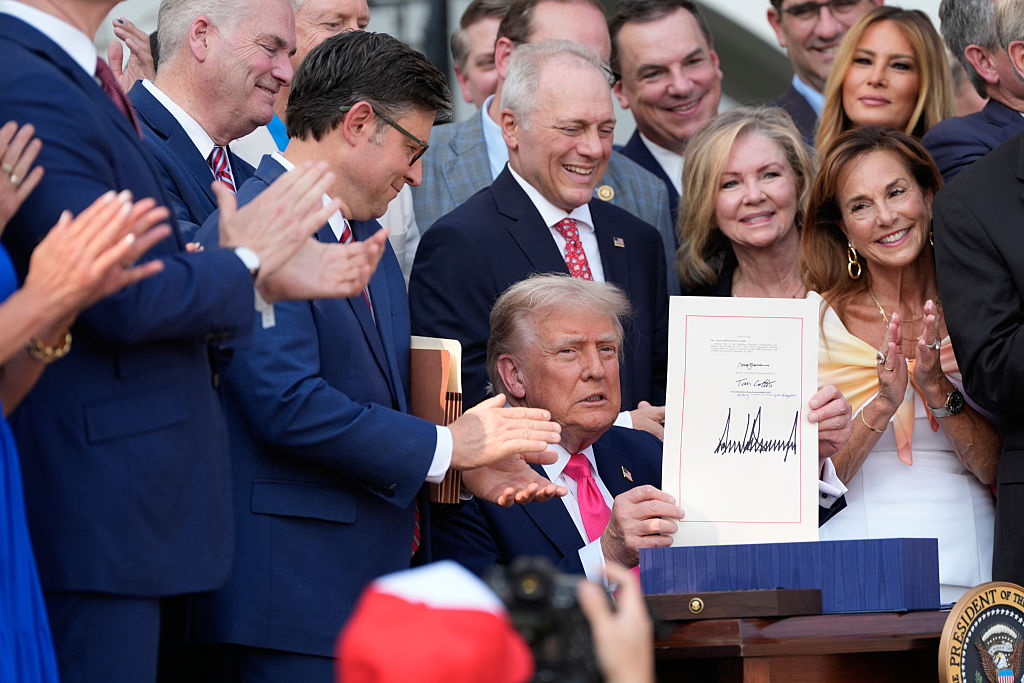J.K. Rowling’s Twitter feed “creates trans phobias,” writes Washington Post gender columnist Monica Hesse. Listening to Rowling, says Hesse, is exhausting. “It’s exhausting because it requires constant vigilance.” And the constant vigilance, says Hesse, is necessary in order to determine when Rowling’s words stray into “transphobia.”
I confess my own “exhaustion” reading opinions like Hesse’s. I understand that “transphobia” has a very extensive Wikipedia page citing supposed medical experts who give the concept a veneer of legitimacy. But let’s be frank: “transphobia” didn’t enter the popular lexicon until the last decade, and, as Hesse’s column so lucidly demonstrates, is used by pro-trans activists as a rhetorical cudgel, menacingly waved about to silence their detractors.
The “phobia” ad hominem also obscures the more essential question raised by skeptics of our popularization of transgenderism: is it actually good? And is it so good that we must censure and punish the skeptics?
The Australian state of Queensland, for example, voted in 2020 to ban gender transition reversals. North America is likely not far away from attempts to do the same. Stanford’s Dr. Jack Turban declares that “for most people, it appears detransition is forced upon them.” The Washington Post and the Kaiser Family Foundation in late March released the results of a massive 2022 study that, among other things, found that most trans persons are happier after they transition but face “discrimination or verbal harassment.” Detransitioning, in contrast, was not mentioned once in the WaPo’s findings.
Indeed, transgender Canadian Dr. Kinnon MacKinnon admitted to Reuters in a December story that when it comes to detransitioning, medical and scientific professionals believe they “[are] not supposed to be talking about this.” Dr. Laura Edwards-Leeper in the same Reuters piece noted that researchers are reluctant to examine the reasons for detransitioning because they are “terrified” of the backlash. Detransitioning, trans activists claim, is not about freedom but coercion. And the best means of curbing coercion, ironically, seems to be more coercion.
“Is LGBTQ+ an exercise of brute power, coercing and punishing anyone who will not fall into line with its ideology?” asks Australian bishop Peter J. Elliott in his excellent little book, The Sexual Revolution: History, Ideology, Power. Gender fluidity, it seems, only goes in one direction: away from what is now termed “heteronormativity.” Everyone must come along for the ride. The National Institutes of Health ominously warns: “Intentional refusal to use someone’s correct pronouns is equivalent to harassment and a violation of one’s civil rights.” How that diktat squares with the First Amendment’s protection of religious belief and practice — including the belief that there are only two genders, or, as my own Catholic bishop has declared, that “no one ‘is’ transgender” — will undoubtedly (and I presume soon) be a question for the courts.
“Transsexuals never used to control or compel language,” wrote The Spectator’s Debbie Hayton in a 2019 piece that questioned the enforcement of “nonbinary language” and the concomitant penalties for “noncompliance.” Yet that is precisely what is happening. As Elliott notes, woke capitalists, corporate media, social media companies, the advertising industry, and the entertainment industry — which together influence the majority of what Americans think or discuss — have coalesced into a powerful, seemingly impenetrable monolith capable of enforcing our culture’s pro-trans behavior codes.
There was, of course, Twitter’s 2018 decision to prohibit misgendering or “deadnaming” transgender people. To this day, Amazon has not overturned its 2021 decision not to sell Ryan J. Anderson’s book When Harry Became Sally, because it allegedly promotes transphobia. Similarly, Target retail stores pulled Abigail Shrier’s Irreversible Damage from their shelves after cries that it was “transphobic.” And, of course, teachers in Virginia and Kansas have been fired or suspended for misgendering students.
It’s a bizarre paradox, no? Transgenderism is mainstream and celebrated, with transgender persons inhabiting senior positions of government, while presidents and celebrities honor grown men who identify as little girls. The number of Americans — particularly young Americans — identifying as trans has skyrocketed. And yet, we’re told, the threat to trans persons is higher than ever, and anyone who dares to push back is complicit in any physical harm trans persons inflict upon themselves. As a recent headline from the satirical website Babylon Bee observed, “Historians Stumped How Kids Throughout History Didn’t Commit Suicide Despite Having No Access To Gender Surgery.”
Elliott presents a compelling (and often surprising) account of how we arrived at a place where people are coerced in the name of freedom, one whose origins are found in the thinkers of the Enlightenment (e.g. Voltaire) and modernity (e.g. Freud) whose disciples foregrounded sexual identity as preeminent markers of personhood. That meant one’s identity as trans, or anything else for that matter, progressively took precedence over other religious and philosophical beliefs. Various twentieth-century developments such as the normalization of pornography and deviancy by creeper Hugh Hefner and the discredited Alfred Kinsey in the 1950s simply accelerated the trend toward sexual identity’s predominance.
The FDA’s approval of “the pill” in 1960 in turn enabled us to sever the connection between sex and its natural end (namely, procreation) in favor of an understanding of sexuality as primarily therapeutic and connected to our “health.” In such a brave new world, anything that resists this new paradigm must necessarily be a “phobia” that undermines our well-being. Our personal sexual and gender proclivities are, after all, “good” for us, and a means of realizing our truest selves. By extension, the state must then be used to coerce people into abandoning those phobias. If that comes at the expense of freedom of speech or religion, so be it. I suppose, in that narrow sense, Hesse may be right — all this does instill a healthy dose of fear.

























